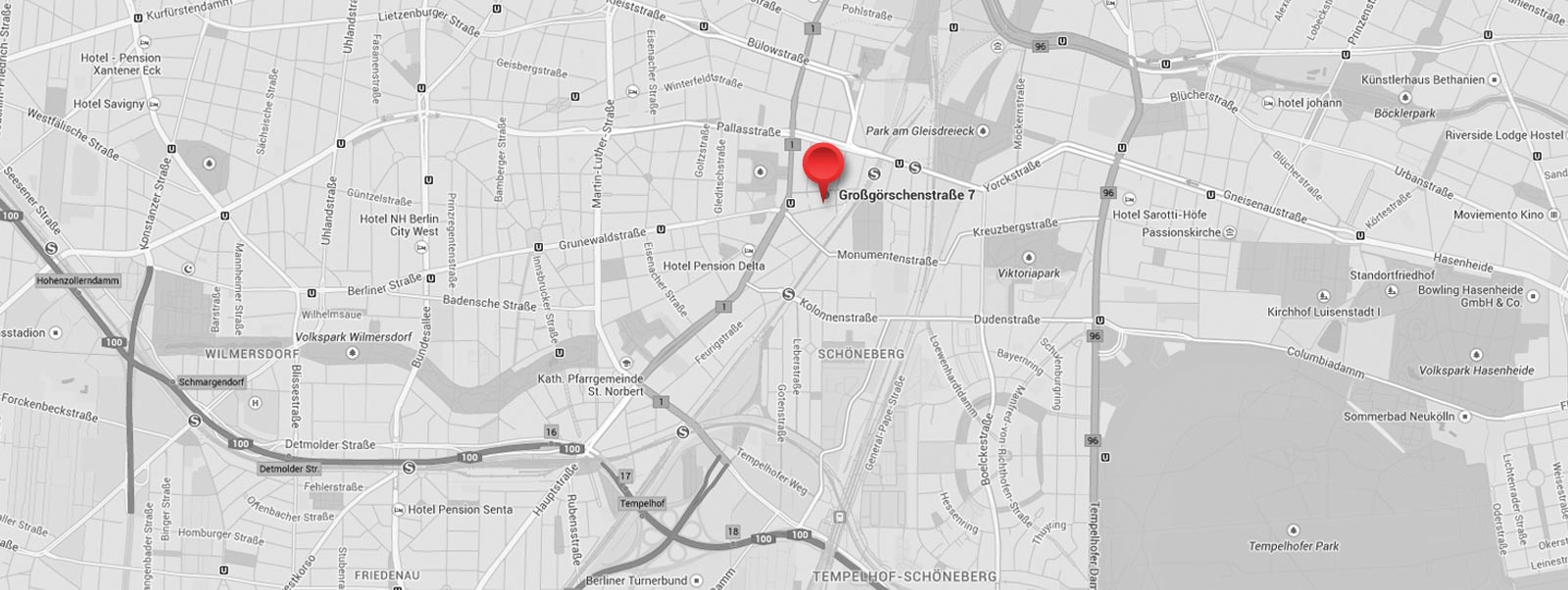
EXHIBITIONS
Azerbaijan meets Poland in Berlin
18.03.2018 - 13.04.2018
Asya Erin, Rasim Michaeli, Natik Ahmadzada,
Peter Alexander Grodzki, Grzegorz Pleszynski, Waldemar Malak
Peter Alexander Grodzki, Grzegorz Pleszynski, Waldemar Malak

Azerbaijan
Asya Erin studied intensively stained glass, carpet and textile design during her art studies in Baku. This is also reflected in many of her paintings. Glass structures and radiant colours are reminiscent of glass windows. She describes her style as associative art. She tries to collect her thoughts, emotions and feelings about the respective topics. For Erin is the essence, the keyword of all the word "collecting". This is the basis of her creativity. She enjoys to combine various techniques, styles and interpretations and to process them all in oil paintings, collages, graphics and paperworks.
Natik Ahmadzada reflects in his paintings the cultural traditions of Azerbaijan and his hometown Ganja, such as the plastic stone art and the miniature painting. Also forms and colours of the carpet weaving and the weaving (Gurama) flow into his compositions as well as the characteristics of the time-honored architecture Ganjas. Groups of figures, often Mugham musicians (traditional Azerbaijani music), seem to be woven into these pictorial structures, and because, after all, people's lives themselves are permeated by the colourful and sonorous charm of their culture. His paintings are also strongly influenced by the emotional poetic lyricism.
Rasim Michaeli believes that creativity comes from the desire to experiment constantly. He has two different approaches: the figurative and the abstractive style, while both give him a deep insight and each one helped him to become more aware of the other direction. These forms – his forms, bursting with energy, reflecting the very inner feelings of Michaeli. Further there is a sense of space in his artwork, which is not only heighten the tension, moreover it stimulates the senses, penetrating the subconscious and eliminating barriers which impede awareness. He leaves the interpretation to the viewer.
Poland
Peter Alexander Grodzki is inspired by the fleetingness, transience, formality and the fragility of a material. His artworks carry the momentum of movement, the materials become elements of an action or even of a performance, a game of action and reaction. His materials belong to the category of “simple” materials such as clay, wood, cloth ... His artworks, often combined with a performance, are interventions, Grodzki "breaks down" into normality, pushes a wedge between the present and its perception, in order to create new pictorial situations and to open up different perspectives of the given.
For Waldemar Malak is the most important thing in a painting the paint layer, the process of image creation is the most important act for him. He creates paintings by applying and destroying layers of painting and he usually paints by covering or discovering. Malak doesn’t believe in total control over the painting, the total control over the painting is just an illusion just as the total control of mankind over the world is also only an illusion as he states. In his point of view people who try to create a perfect world become dictators and artists who try to create perfect paintings stay with kitsch. He emphasizes only accidents are certain in life and in art.
Grzegorz Pleszynski‘s creations, his portrayals use unrestricted paint, allows it to drip freely down the canvas. He is searching for the visual language of the modern world, therefore to get into communication he uses spray in cans. This kind of dye resembles the world around him: rapid & toxic. Forms are achieved by created drips, unveiling a geometric structure of the world. Dribbling paint reveals channels of energy, which the cosmos uses to communicate energy. Pleszynski thinks that social influence of art becomes yet more important in our modern world and for him an artist is a human, who has an important part of it.
Natik Ahmadzada reflects in his paintings the cultural traditions of Azerbaijan and his hometown Ganja, such as the plastic stone art and the miniature painting. Also forms and colours of the carpet weaving and the weaving (Gurama) flow into his compositions as well as the characteristics of the time-honored architecture Ganjas. Groups of figures, often Mugham musicians (traditional Azerbaijani music), seem to be woven into these pictorial structures, and because, after all, people's lives themselves are permeated by the colourful and sonorous charm of their culture. His paintings are also strongly influenced by the emotional poetic lyricism.
Rasim Michaeli believes that creativity comes from the desire to experiment constantly. He has two different approaches: the figurative and the abstractive style, while both give him a deep insight and each one helped him to become more aware of the other direction. These forms – his forms, bursting with energy, reflecting the very inner feelings of Michaeli. Further there is a sense of space in his artwork, which is not only heighten the tension, moreover it stimulates the senses, penetrating the subconscious and eliminating barriers which impede awareness. He leaves the interpretation to the viewer.
Poland
Peter Alexander Grodzki is inspired by the fleetingness, transience, formality and the fragility of a material. His artworks carry the momentum of movement, the materials become elements of an action or even of a performance, a game of action and reaction. His materials belong to the category of “simple” materials such as clay, wood, cloth ... His artworks, often combined with a performance, are interventions, Grodzki "breaks down" into normality, pushes a wedge between the present and its perception, in order to create new pictorial situations and to open up different perspectives of the given.
For Waldemar Malak is the most important thing in a painting the paint layer, the process of image creation is the most important act for him. He creates paintings by applying and destroying layers of painting and he usually paints by covering or discovering. Malak doesn’t believe in total control over the painting, the total control over the painting is just an illusion just as the total control of mankind over the world is also only an illusion as he states. In his point of view people who try to create a perfect world become dictators and artists who try to create perfect paintings stay with kitsch. He emphasizes only accidents are certain in life and in art.
Grzegorz Pleszynski‘s creations, his portrayals use unrestricted paint, allows it to drip freely down the canvas. He is searching for the visual language of the modern world, therefore to get into communication he uses spray in cans. This kind of dye resembles the world around him: rapid & toxic. Forms are achieved by created drips, unveiling a geometric structure of the world. Dribbling paint reveals channels of energy, which the cosmos uses to communicate energy. Pleszynski thinks that social influence of art becomes yet more important in our modern world and for him an artist is a human, who has an important part of it.
© 2024 Galerie Berlin Baku All rights reserved
|
Imprint |
Data Protection Declaration





